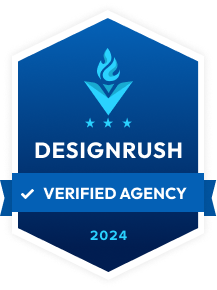No business is simply Good or Fast or Cheap. They are going to be two of those descriptors. No business can be/should be all three of the descriptors. If they were, they would probably not stay in business. Each of the attributes has merit, and knowing your two can help define your business and what you are willing to do for your customers. Some times in business, you will bend for a customer and be Good, Fast, or Cheap for them when you normally are not. For this discussion, we are looking at how the majority of customers view you most of the time.
Good… The best possible quality as compared to competition in your market. If it is a service, it carries the most attention to detail, the highest possible customer service, and the most flexibility for client needs. The deliverable of the business also must be the most top-notch. The best possible graphic design, legal services, food quality and preparation, clothing lines, etc.
Best Big Brand Example: Whole Foods
Fast… The fastest possible service as compared to competition in the market. So lead times are shorter, preparation times are shorter, preparation of services is quicker.
Best Big Brand Example: McDonald’s
Cheap… The lowest price service and products as compared to competition in the market. This is pretty easy to understand. Whatever the other guys are charging, you charge less.
Best Big Brand Example: Wal-Mart
So let’s look at the models for Good, Fast or Cheap: Pick Two
Good and Fast
A business built on these standards is going to be the most expensive in the market. They are going to have processes in place that allow for efficient service and delivery of products and services. Their margins are going to be higher than competitors because of this. Customer service is always good.
Business Examples: Bergdorf Goodman, Northwestern Mutual, Apple
Good and Cheap
A business built on these standards is going to rely on decent customer service and great pricing to build clientele. The business does not move quickly though as processes are tailored to client’s needs.
Business Examples: DirecTV, GEICO, Ikea
Cheap and Fast
A business built on these standards is looking for volume. They want to service as many customers as possible in the quickest methods available. Quality will always be sacrificed for efficiency.
Business Examples: McDonald’s, H&R Block, Payless Shoes, Wal-Mart
So what about your business? Which two attributes define you? Which two are reasons for your customers to use your company? Good, Fast or Cheap? There is not a wrong answer. It’s simply an easy exercise to better understand your company’s best attributes so you can apply it to your branding and messaging.
